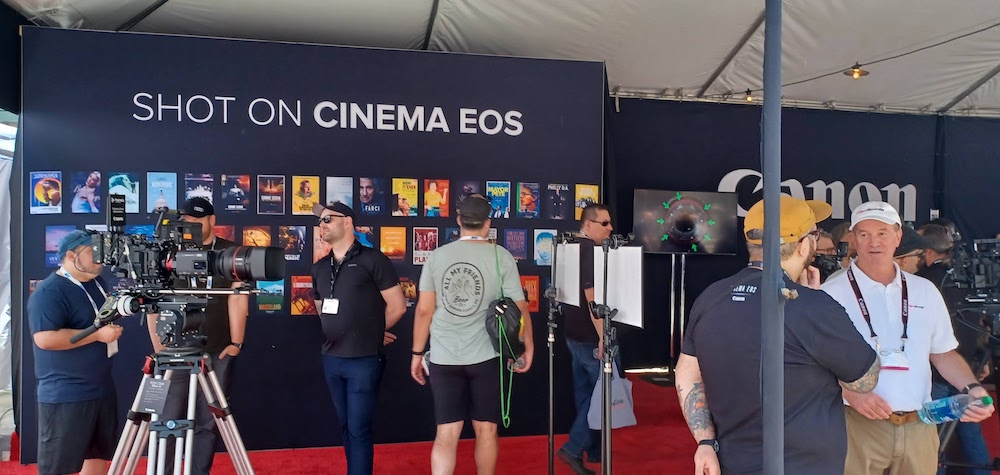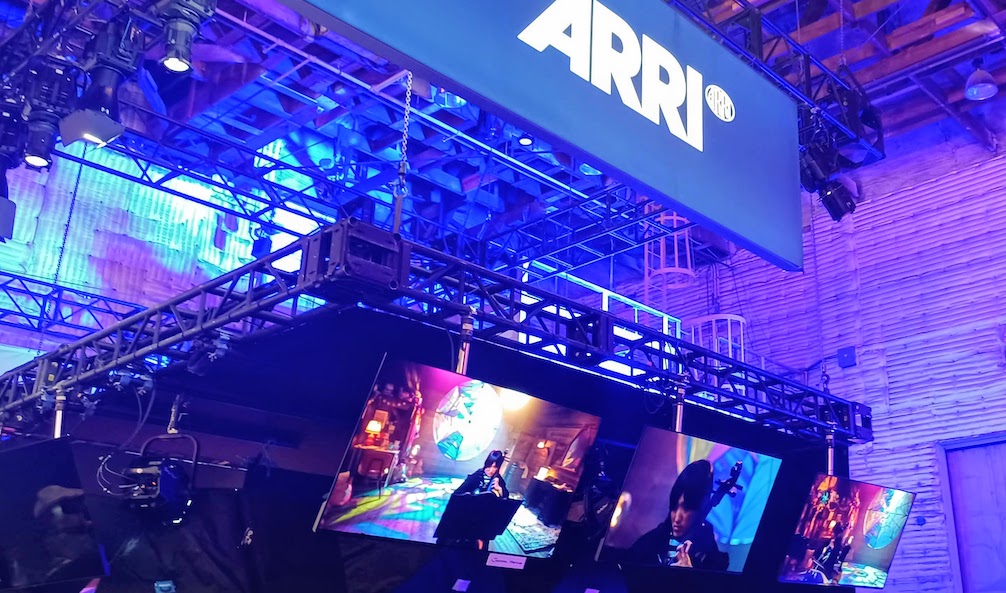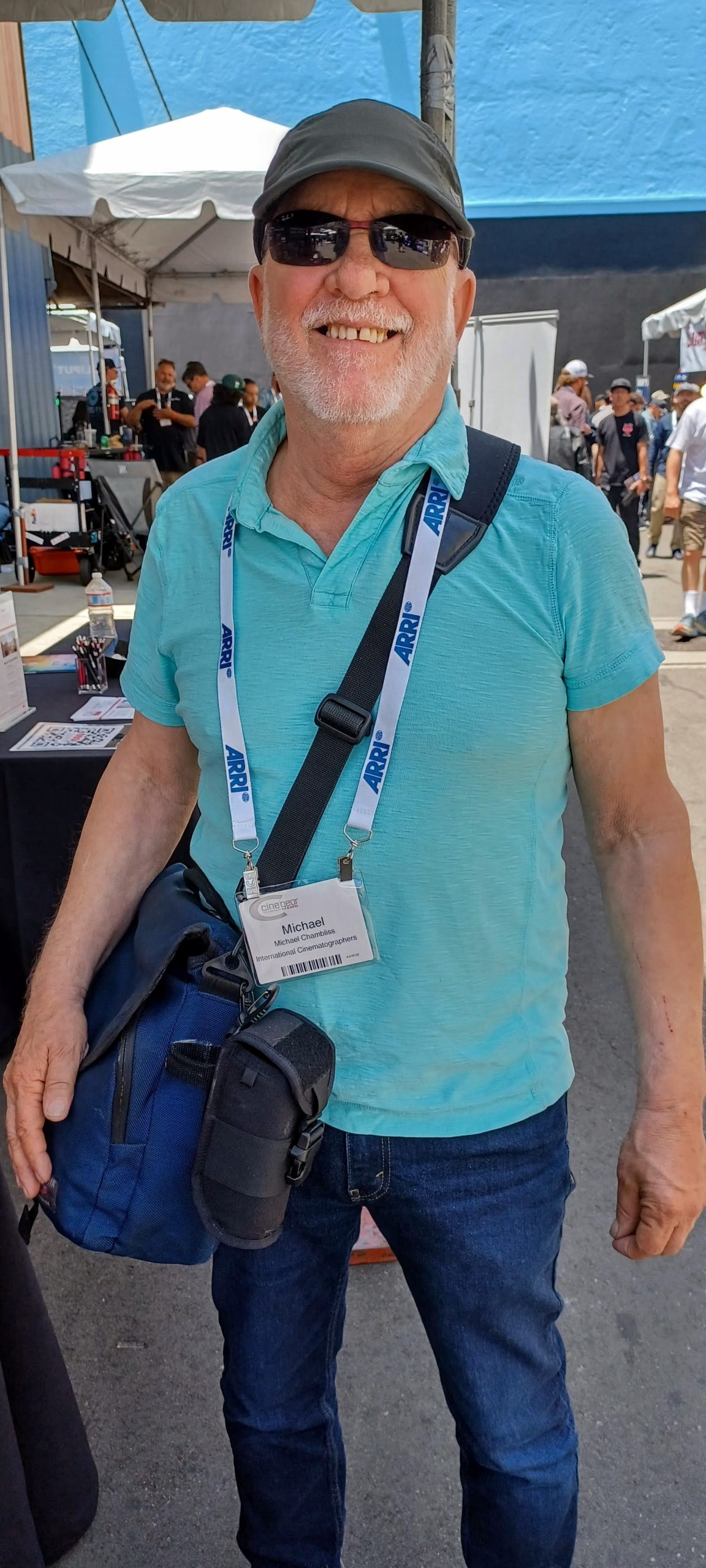
The Flash and Elemental have already kicked off Hollywood’s summer in underwhelming fashion. And while non-Pixar animation has done well this year, as the Brothers Mario and a webslinger can attest (and if the whole “non-Pixar animation” part of that sentence remains unfamiliar phraseology, imagine how it feels over at Disney), it will take July, with Indiana Jones’ swan song, Mr. Cruise’s already-buzzy Impossible stunts, Barbie’s pink surrealism, and early Oscar contender Oppenheimer, to give a fuller reading on whether summer movie going is really back, or whether audiences, like the corporations that make film and TV content (and their various freelance workers – for indeed, that’s what the jobs ultimately are – above and below the line) have undergone a kind of permanent shift that precludes a full return to any previously recognized “normal.”
Business as unusual.
That was also the topic over at CNN, with Brian Lowry’s take that “‘The Flash’ and ‘Elemental’ flash warning signs for the summer box office.” He notes that “what seems clear is the one-two punch dealt to movies going by the push toward streaming in 2019, and the pandemic that began the following year, has shifted consumer habits, despite some encouraging signs of a rebound.” For every Spidery, Cruise-y hit, he continues, “there appear to be two or three high-profile titles that look destined to leave their corporate parent awash in red ink.”
And of course, the transparency of those figures in red (or black) ink, especially in the streaming ledgers, remains the one of the largest bones of contention – and it’s some bone – in the writers’ strike, which just passed its 50th day, as it heads toward the hundred day mark that was the end of the previous WGA walkout.
Fifty days past the week this column runs puts us into mid-August. Does it see even remotely possible to you, at this point, that the strike will be “wrapped” by then?
Of course, a lot of that could depend on the “thesps,” and whether SAG settles with the producers, a la the DGA, which would further force the WGA’s hand with not one, but two, separately negotiated contract templates, and a likely change of narrative – which will be pushed by the AMPTP – that it’s only those writers, busy overthinking things as usual, keeping everyone from getting back to work.
But if SAG strikes too, well, not only will those previous “hundred day” marks evoke a kind of yearning nostalgia, but everything biz-wise that’s not stopped or shut down now will be by then. We’ll have a good idea of which terrain we’ll be navigating somewhere between the release of the putative final Indiana Jones film, and the second-to-last Mission Impossible installment.
The first indicator will be if those SAG negotiations do indeed extend past the current June 30th deadline, and what the inevitable leaks coming from the media “blackout” by then, tell us. But if they do extend, and extend some more, perhaps the writers should be worried? A little?
Certainly, if the actors go, that will also shut down FYC season in its tracks, to whatever degree it’s sputtering along now, and also delay or cancel the Emmys. Along with most early Oscar campaigning before it even leaves the starting block. (Even the usual presentations and appetite-whetting at San Diego Comic Con are starting to be rolled back.)
Which brings up the question, too, of what becomes of all those FYC advertising dollars that so many trade publications depend on, so that they can keep reporting on, and prognosticating about, things like… Hollywood strikes.
Hmm.
It’s almost as if you can’t start shutting down key components of an ecosystem without the whole thing unraveling at some point.

In retrospect, Cine Gear, which we reported on last time out, is looking more like a brief oasis – the return of a familiar ritual – in still changing, changed times. Despite all the strike handicapping that permeated conversations there. Or perhaps that just enhanced the need to amble around and look at lenses from the likes of Cooke, Canon, ARRI, Panavision and others, or new LED fixtures, or light stands, or dollies or cranes or, really, anything that spoke of an industry that was still recognizable to all those craft and crew folk ambling along the Paramount lot’s New York streets who worked so hard to get into it, or that so many others there were still aspiring to break into.

While making our own rounds there, we ran into Michael Chambliss, ICG 600’s Western Business Rep, and also one of their technological gurus, and, unable to resist talking about some of the concerns of the day, we asked where image capture is headed next, in this age of AI.
For AI to work, in its current “robust chatbot” form, he said, it “requires a body of data.” Whereas a lot of the problems cinematographers -– and others — are required to solve are “one-offs,” for which no data exists, until they’re solved the first time.
“How you roll the focus is an aesthetic choice,” he added. “Movement is emotion. There’s no database for AI to look into.” Though he acknowledged, it might become suitable for a certain “low-level of production.”
Though in an era where the continued viability of a higher “level of production” is called into question, or at least the viability of how many of those, on both big and little screens, can be sustained at one time, perhaps those writerly and actorly concerns about AI loom a bit larger above the line, after all.
We’ll have an even better sense by July, a month given to its own celebrations of previous revolutions and upheavals.
 Mark London Williams is a BTL alum who currently covers Hollywood and its contents and discontents in his recurring “Across the Pond” dispatch for British Cinematographer magazine, contributes to other showbiz and production-minded sites, and musters out the occasional zombie, pandemic-themed, or demon-tinged book and script, causing an increased blurring in terms of what still feels like “fiction.”
Mark London Williams is a BTL alum who currently covers Hollywood and its contents and discontents in his recurring “Across the Pond” dispatch for British Cinematographer magazine, contributes to other showbiz and production-minded sites, and musters out the occasional zombie, pandemic-themed, or demon-tinged book and script, causing an increased blurring in terms of what still feels like “fiction.”
Mark’s Union Roundup column will appear regularly, and he welcomes both tips and feedback at [email protected]. He can also be found on Twitter @TricksterInk.





